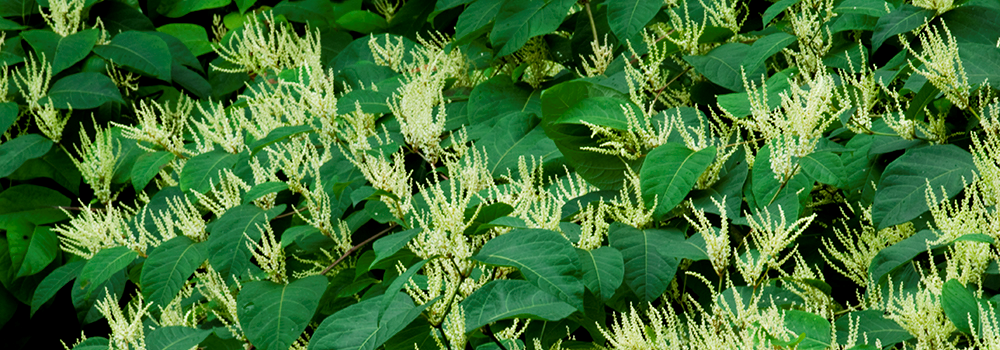Root barriers for the control of Japanese Knotweed
In 1996 Peter Scott Tree Care Limited was the first company to develop the concept of installing Root Barriers for the control of Japanese Knotweed. Expensive excavation and transportation off-site of Japanese Knotweed-infested soil prior to construction is no longer required.
How DENDRO-SCOTT™ Root Barrier is used
DENDRO-SCOTT™ Root Barrier is used in a variety of ways to contain Japanese Knotweed:
- Vertically to prevent the lateral development of Rhizomes and to protect drains and/or to prevent ingress from neighbouring sites
- Horizontally to protect buildings and paved surfaces
- A combination of the above methods
- To avoid the very expensive process of transportation of contaminated soil to a licensed tip (resulting from excavation to obtain formation levels). Instead soil is retained within the site, re-buried in another location and totally sealed within a ‘cell’ created with the DENDRO-SCOTT™ Root Barrier
Find out more or today!
Recognised by the Environment Agency
The use of the DENDRO-SCOTT™ Root Barrier is recognised by the Environment Agency as a solution to contain Japanese Knotweed prior to construction. Normally a development site infested with Japanese Knotweed is only available after 3–4 years due to the need to carry out a long-term Herbicidal control programme. Even after this period, research has shown that there is a high risk that re-emergence of Japanese Knotweed could occur once excavation commences. Installation of the DENDRO-SCOTT™ Root Barrier makes a development site immediately available for use with no risk to structures, roads or drains.

